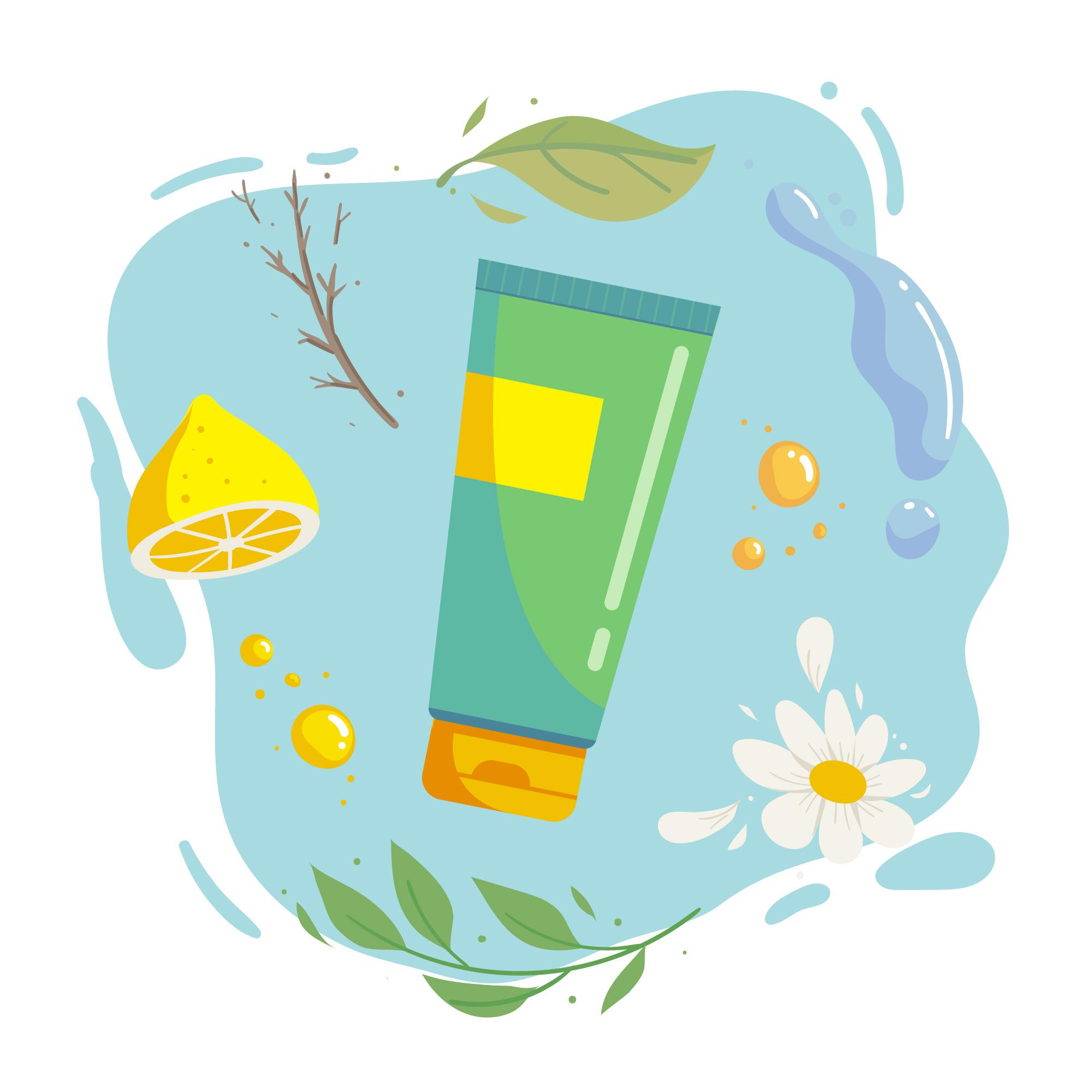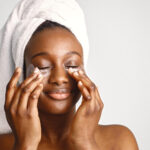Introduction
The use of kojic acid in skincare products is growing, particularly in face washes. Kojic acid, which is well-known for its ability to lighten skin, is a preferred component for people who want to address pigmentation and dark spots while also achieving a more even skin tone. However, what is kojic acid exactly, and what skin benefits can it offer? Everything you need to know about using a face cleanser with kojic acid will be covered in this post.
What is Kojic Acid?
A naturally occurring substance, kojic acid is generated from fungi, namely those that ferment sake, soy sauce, and rice wine. Because of its capacity to lighten scars, age spots, and obvious sun damage, it is used in skincare products. Kojic acid helps to balance out skin tone and brighten the complexion by preventing the synthesis of melanin, the pigment that gives skin its color.
Benefits of Kojic Acid in Face Wash
Using a face wash with kojic acid can provide several benefits:
- Brightens Skin: Kojic acid is well-known for its ability to lighten dark spots and brighten the overall complexion. Regular use can result in a more radiant, even-toned skin.
- Fades Hyperpigmentation: If you struggle with hyperpigmentation due to sun exposure, acne scars, or hormonal changes, kojic acid can help reduce these dark spots over time.
- Gentle Exfoliation: Many face washes with kojic acid also contain mild exfoliants that help remove dead skin cells, making your skin look fresher and more vibrant.
- Antibacterial Properties: Kojic acid has antibacterial properties, which can help prevent and treat bacterial infections on the skin, including acne.
How to Use Kojic Acid Face Wash
Incorporating a kojic acid face wash into your skincare routine is simple:
- Start Slowly: If you’re new to kojic acid, begin by using the face wash a few times a week to see how your skin reacts. Gradually increase usage if your skin tolerates it well.
- Use Sunscreen: Kojic acid can make your skin more sensitive to the sun, so it’s essential to apply sunscreen every morning to protect your skin from UV damage.
- Follow with Moisturizer: After using a kojic acid face wash, apply a good moisturizer to keep your skin hydrated and balanced.
- Be Patient: While kojic acid is effective, it can take several weeks of consistent use to see noticeable results. Be patient and stick with your routine.
Who Should Use Kojic Acid Face Wash?
Kojic acid face wash is ideal for people with:
- Dark Spots or Hyperpigmentation: Whether caused by sun damage, acne, or age, kojic acid can help lighten these spots.
- Dull Skin: If your skin is looking lackluster, kojic acid can help brighten your complexion.
- Uneven Skin Tone: Kojic acid can help achieve a more balanced, even skin tone.
However, if you have sensitive skin, you may want to start with a lower concentration of kojic acid or consult with a dermatologist before using it.
Does kojic acid face wash work?
Using skincare products supplemented with Kojic acid is generally safe, effective, and well-tolerated for the majority of people. Having said that, kojic acid contributes to skin brightness by lowering UV-protective melanin. Thus, it can make your skin more susceptible to sunburn.
Can I wash my face with Kojic?
Avoid putting the soap straight on your face. Make a lather by first wetting the soap with lukewarm water. Next, avoid getting soap in your mouth or eyes and instead massage it onto your neck and face. After giving your face a quick 30-second wash, rinse with cold water.
Is it OK to use kojic acid everyday?
Is it okay to take kojic acid regularly? It is safe to utilize kojic acid on a daily basis. Applying it twice a day is possible, depending on how sensitive your skin is. Just keep in mind that using kojic acid for longer than three months at a time can harm your skin.
Does kojic acid permanently remove hyperpigmentation?
No, applying kojic acid cream to the skin has no long-term consequences. It lightens the skin momentarily and momentarily lowers the concentration of melanin.






